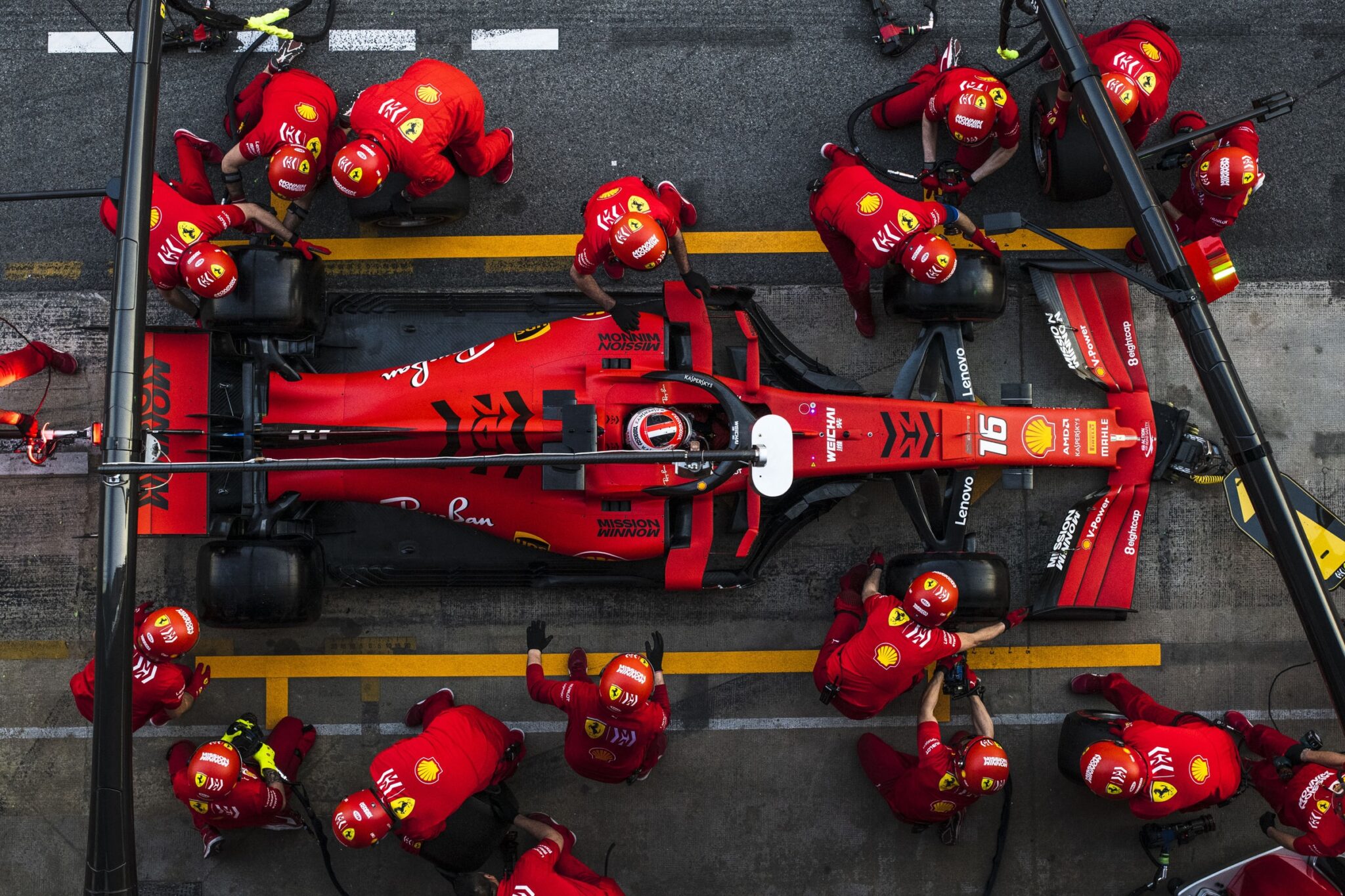Organizational Success All Comes Down to This
by Josh Combest
580 team members wait anxiously, tense with the pressure of this one moment. 20 individuals are poised to leap into action and will make or break the outcome with less than 2.4 seconds to get it right. A single miscalculation or hesitation will cost the company millions in both earnings and individual bonuses, while performing flawlessly will complement the work of their 580 colleagues and drastically increase their odds of going home victorious.
Formula 1 is not only the most popular and profitable motorsport in the world, but also the one in which winners and losers can be determined by microseconds in the pits.

While your organization’s success isn’t likely to be determined by a single moment less than 3 seconds long, your success is determined by the quality of the teams you assemble and lead. Who you assemble is only the first step in the long process that should continue to evolve and iterate as the environment dictates. Last year’s team may no longer be optimized for this year’s challenges and goals.
The burden, then, is on leadership to continue to assess the organizational needs and map those needs to the existing talent. Once the gaps have been identified, leaders must begin the process of making the necessary adjustments. This happens through a variety of approaches from hiring new team members to upskilling existing talent while continuously ensuring the entire team remains engaged.
When leaders are seeking to optimize a team for the current needs through hiring, there are 3 points they need to take into consideration:
- What does the new position require in order to be successful?
Before looking at the available talent internally or externally, have you determined what the position needs in order to be successful? Behavioral, skill, and experience requirements should be clearly defined and agreed to by the hiring team. - What does the new hire need to have in order to be successful in the position?
Once you’ve done the work to understand the role requirements, what are you doing to match candidates to those requirements? This piece is critical, and companies should avoid relying solely on traditional recruiting tactics that don’t include a variety of approaches to properly assess candidate fit, including assessments, thorough interviewing, and reference checking. - What will the team look like once someone new has been added?
When you add a new person to a team, you don’t only have a new person on a team, you have a new team. How will bringing this person onto the existing team impact the overall makeup of the team? Are you trending up in engagement, necessary skills, behavioral match, etc?
When taking an upskilling approach to team optimization, there are again 3 points leaders should take into consideration:
- Just as when hiring, the new role requirements should be fully understood. How is the current need dictating a change to the existing role(s)? Is it a completely new role, or are changes nuanced and relevant to the existing role(s)?
- A leader must then ask who on the team is best suited for this modified position. It may mean training one or more individuals to significantly adjust their workload, behavioral approach, or process by which work happens. Additionally, leaders with remote teams may need to assess how permanent the remote work could be for their teams. This can have an important impact on optimizing the team to greatness in ways not needed before.
- What will the training look like for the team, and how will success be measured? It is important to not spend so much time figuring out what changes need to be made that not enough is spent preparing the team to execute at a high level.
Just like the 20-person pit crew for an F1 racing team, good won’t be good enough when it comes to competing against those in the market looking to poach your talent and your market share. Your leadership must be great. Your talent strategy and change readiness must be great. And your teams must be great. Invest in ‘great’ continuously, and reap the rewards that follow.